Did you know? Dogs who engage in regular, structured dog training exercises are 60% less likely to develop behavioral issues compared to those who do not. If you’re looking for ways to transform your dog’s behavior quickly while strengthening your bond, the right exercises are key. This guide pulls together science-backed techniques, step-by-step strategies, and real-world tips to help every pet parent train their furry friend into a happier, more obedient companion. If you’re tired of frustrating walks, ignored commands, or embarrassing outbursts, keep reading—these methods deliver real results, fast!
From Startling Statistics to Results: Why Dog Training Exercises Matter for Your Dog’s Wellbeing
When it comes to dog training exercises , the evidence couldn’t be clearer: consistent training improves your dog’s behavior and overall happiness. Dogs are intelligent, social animals that thrive on routine, mental stimulation, and clear communication. Introducing structured dog training not only prevents unwanted behaviors (like chewing or excessive barking), but also gives your dog a sense of security and purpose. Think of training as a language you both share—it’s the foundation that allows your dog to navigate the world with confidence and you to enjoy a harmonious relationship.
Effective dog training sessions are especially critical for preventing issues down the road. Puppies exposed early to obedience training and positive reinforcement tend to develop into well-adjusted adults. Even adult or senior dogs benefit from ongoing training, showing improved mental agility, reduced anxiety, and fewer problem behaviors. Whether you’re just starting with your first pup, or seeking to correct habits in an older furry friend, well-designed exercises create a foundation for lasting behavioral transformation.
Unveiling the Research: The Impact of Consistent Dog Training on Behavior Change
"Dogs who engage in regular structured dog training exercises are 60% less likely to develop behavioral issues compared to those who do not." – Journal of Veterinary Behavior
Studies highlight that dogs receiving consistent, high-quality training sessions are less prone to problems like anxiety, aggression, and destructive tendencies. Engaging your dog regularly with fun, measurable tasks leads to faster learning and greater enjoyment for both pet and owner. Research also points out that positive reinforcement (with dog treats, hand signals, or favorite toys) makes dogs eager to participate—they earn the reward, boosting motivation and memory retention. This approach doesn’t just control behavior; it empowers your canine companion to think, problem-solve, and become a true partner.
Importantly, structured training sessions harness both mental and physical exercise, creating enrichment and reducing boredom. Dogs need more than just potty breaks or occasional walks—they crave interactive play and challenges that target their natural instincts. Investing in quality time with step-by-step dog training exercises pays off in the form of a happier, more balanced dog that’s a joy to live with every day.

Essential Dog Training Exercises: Building the Foundation for Lifelong Obedience
Establishing strong fundamentals with dog training exercises ensures your dog not only understands commands, but responds reliably in all settings. By focusing on obedience training basics, you lay the groundwork for more advanced skills later. Structured sessions using rewards, hand signals, and consistent cues help any dog—regardless of age—grasp what’s expected of them. As you move through these foundation steps, remember: patience and positive reinforcement are your best tools for lasting results.
Dogs are natural learners, and simple, clear routines help them absorb new concepts quickly. Early focus on commands and impulse control helps you guide your dog through real-life situations, from polite greetings to safe play. These foundation skills aren’t just for puppies; all dogs benefit from revisiting and practicing these key exercises to ensure their training remains sharp and reliable, no matter their stage of life.
This is a custom HTML / JavaScript Element
In order To See Your Custom HTML/JavaScript Code in Action You Must Click On The Preview Page Button, Your Code is NOT going to be active in the edit mode
Obedience Training Fundamentals: Commands Every Owner Must Teach
Sit and stay: Core dog training exercises for impulse control
Recall and come: Strengthening your dog’s response in various environments
Leave it and drop it: Ensuring safety through obedience training
The sit and stay commands introduce impulse control by teaching your dog to pause for attention and instructions. These basics are essential for every dog training session, providing the base for advanced tricks or real-world situations. Recall (come when called) is vital both for fun dog outings and safety, letting you confidently allow your furry friend some freedom at the park or during a hike. Finally, practicing leave it and drop it shapes your dog’s respect for boundaries—helping avoid unwanted chewing, scavenging, or potential hazards.
Use their favorite toy, a tasty dog treat , or a cheerful tone paired with clear hand signals . Dogs may prefer certain motivators—find what sparks happy focus in your friend and make it easy for them to succeed. Celebrate with praise, pets, and treats to reinforce a job well done. Training should always feel like a positive experience, building trust and connection.

Designing Effective Training Sessions for Maximum Retention
The success of dog training sessions hinges on smart planning: keep sessions short, focused, and packed with rewards. Aim for 5-10 minute periods to prevent boredom or overwhelm. Multiple quick sessions throughout the day are more productive than one long marathon—your furry friend learns best through frequent, bite-sized practice. Each session should target a specific objective, such as “sit stays in the living room” or “recall at the park,” to maximize retention and skill transfer.
Mix up your environment and distractions. Practice inside the house, outdoors, around visitors, or with the TV playing. Session variety trains your dog to respond everywhere, not just in familiar, quiet spaces. End every session on a win, even if it’s something simple, so your dog always associates training with fun and success. Consistent, well-designed training sessions help reinforce good habits and speed up your dog’s learning curve.
Integrating Dog Treat Rewards for Fast Learning
Nothing motivates dogs quite like a tasty dog treat ! Using treats as rewards during dog training exercises accelerates learning and keeps your furry friend eager to try again. Pick low-calorie, bite-sized snacks you can deliver quickly. Reserve “special” treats—like freeze-dried meat or cheese—just for training sessions so they stay novel and high-value in your dog’s mind. Timing matters: reward immediately when your dog follows a cue, so they connect their action with the positive result.
Beyond treats, offer your dog favorite toys, tug toys, or enthusiastic praise as part of the reward system. Change up rewards to maintain their interest. Some dogs are “foodies,” while others love a brief game of fetch or permission to sniff a hidden treat on the floor. The key is to keep rewards consistent, irresistible, and directly linked to the desired behavior, making training a highlight of your dog’s daily routine.
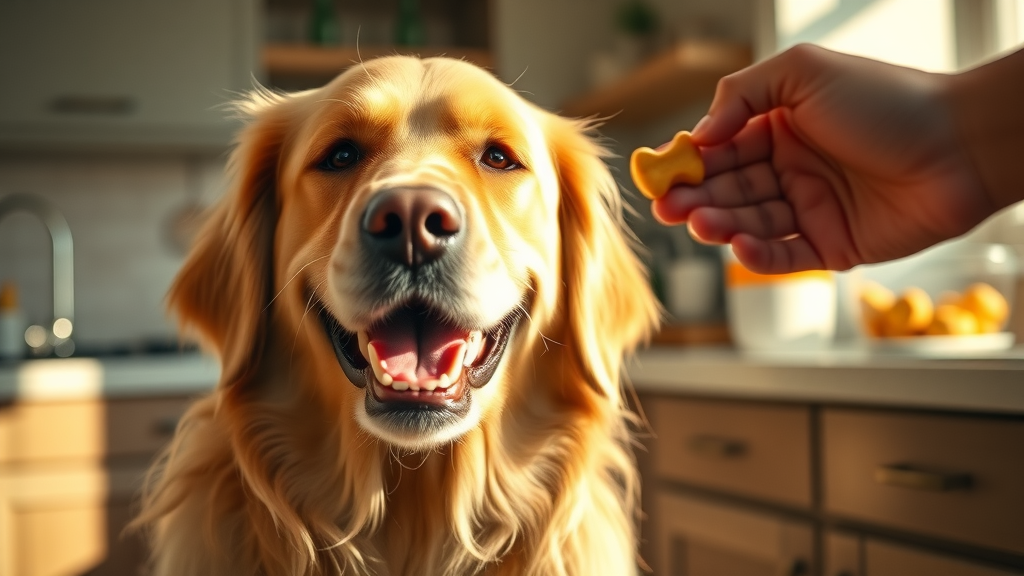
Advanced Dog Training Exercises: Challenging the Mind and Body
Once your dog has the basics down, you can add advanced dog training exercises that deliver greater mental and physical stimulation. These tasks push your canine companion beyond simple obedience, reducing boredom and boosting confidence. Advanced training taps into your dog’s instincts—hunting, sniffing, and problem-solving—transforming daily routines into enriching challenges that tire them out far more than walks alone. If you’re looking to beat boredom and elevate your sessions, these proven activities are a must.
Introduce new games gradually, combining impulse control, agility, and creativity. Whether it’s working with a flirt pole, scent puzzles, or complex commands, these dog training exercises keep your dog engaged, mentally sharp, and emotionally balanced. Remember to maintain a positive, supportive vibe, making each session a shared adventure between you and your furry friend.
Impulse Control Games: Beyond Basic Obedience
Impulse control games help teach your dog patience, focus, and restraint—not just obedience. Popular options include “wait at the door” or “leave the treat until released.” These exercises challenge your dog to resist rushing for a reward, learning to check in with you before acting. Play the “toy line-up” game by asking your pup to hold a sit-stay while you place favorite toys or treats in a row. Only release them when they maintain their position.
Practical impulse control carries over into everyday life: polite leash manners, calm greetings, and safe play. Games can be adapted for all ages by adjusting the level of distraction and duration. As your dog improves, ramp up the challenge using flirt pole play or structured tug-of-war with clear start and stop cues. These advanced activities stretch your dog’s attention span and boost their ability to handle excitement calmly and responsibly.
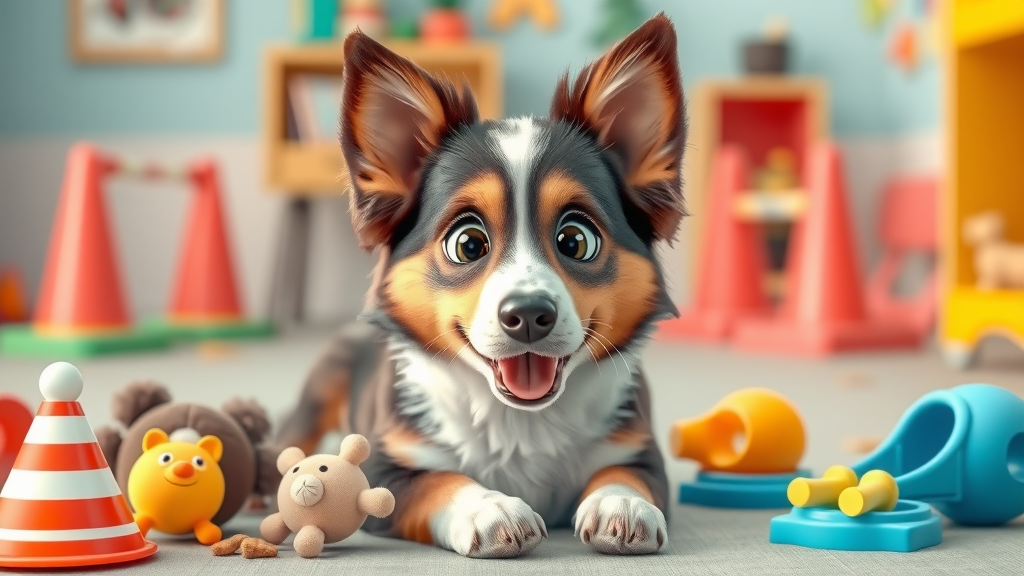
Using the Flirt Pole: Energy-Burning Fun for All Breeds
The flirt pole is a long stick with a rope and lure—an incredible way to burn off energy while building control and coordination. This fun dog tool mimics prey movement, engaging your dog’s chase instincts in a safe, controlled training session. To use, move the lure around, encouraging your dog to chase and pounce, but set rules: your dog should only start on cue and “drop it” or “leave it” when asked. The flirt pole exercise delivers an intense physical workout while cementing key obedience cues.
Dogs of all sizes and ages love flirt pole sessions—just adjust speed and time for puppies or seniors. Use clear hand signals and verbal cues for cues like “stop,” “wait,” and “go!” Sessions should be short (10-15 minutes), ending with a favorite toy cue or treat. The flirt pole keeps your dog mentally sharp, providing both exercise and an outlet for natural instincts—even if you’re training in a small backyard or living room.
Enrichment Training Sessions: Puzzles, Scent Work, and Novelty Activities
Enrichment activities are vital mental exercise for every dog. Try scent work games where your dog must find a hidden treat or follow a trail of toys. Introduce treat-dispensing puzzles that require nose or paw work to release the reward. Dogs benefit immensely from these advanced dog training exercises , which reduce anxiety and foster problem-solving.
Mix up the tools—use snuffle mats, puzzle feeders, tennis balls with hidden treats, or cardboard boxes with surprises. These activities tap into your dog’s natural foraging and hunting instincts, providing long-lasting engagement even when you’re busy. Rotate activities each week to prevent boredom and keep your dog’s brain and senses sharp.

Structuring Productive Training Sessions: Schedules, Timing, and Motivation
A well-structured training routine is the backbone of long-term success with dog training exercises . Dogs thrive on predictability and consistency, so planning sessions by time, duration, and type of exercise accelerates progress. Strike a balance between mental and physical tasks, ensuring each session is short, positive, and ends on a high note. Monitor your dog’s energy—sessions right after meals or before potty breaks can be less productive. Adjust your training plan to fit your dog’s age, attention span, and unique motivators, and always keep sessions fun and rewarding.
Recommended Training Schedule by Type | |||
Training Exercise |
Recommended Duration |
Best Time of Day |
Ideal Dog Age/Stage |
|---|---|---|---|
Obedience Training |
5-10 min |
Morning |
All Ages |
Impulse Control |
10 min |
Afternoon |
Juvenile/Adult |
Flirt Pole Play |
15 min |
Late Afternoon |
Adolescent/Adult |
Creating a Balanced Weekly Training Plan
Building a balanced weekly plan ensures your dog gets a healthy mix of obedience training , play, and rest. Schedule varied activities throughout the week to target both mental and physical needs, rotating between short morning training, focused afternoon games, and lazy evening snuggles. Keep sessions short for puppies and older dogs; adolescents may need longer, vigorous play sessions like flirt pole or tug toys. Track progress with a training log, noting successful commands and challenging moments. Revising your weekly plan based on your dog’s motivation and learning speed helps maintain excitement and progress—plus, it lets you celebrate accomplishments together!

Teaching Your Dog New Skills: Incremental Steps for Lasting Transformation
Learning new skills is most effective when you break down commands into small, incremental steps. Each task—whether it’s a new trick or advanced obedience—should be introduced gradually, building up from simple beginnings to complex routines. This approach helps your dog understand, remember, and enjoy what they’re learning, preventing confusion and frustration. Consistent, step-by-step training sessions foster lasting transformation, making it easy for your dog to generalize skills to different environments and challenges.
Use clear cues and signals, reinforce each tiny success, and practice in distraction-free settings before introducing new challenges. Incremental learning reduces stress for both dog and owner, setting you both up for speedy progress and lifelong skills that really stick.
How to Break Down Commands for Easy Learning During Dog Training
Introduce the command during a focused training session
Practice with low distractions, use dog treats as reinforcement
Gradually add complexity and generalize to new environments
Suppose you’re teaching your dog to “stay.” Start in a quiet room, using a dog treat and calm voice. Reward after just a second or two, slowly increasing duration and distance. Once that’s easy, add mild distractions, then practice in new locations until your dog responds reliably—with or without treats. Each step builds on the last, helping your dog master even difficult commands through patient, supportive guidance.
Common Mistakes to Avoid in Dog Training Exercises
Even the most dedicated owners make mistakes! Common pitfalls include pushing your dog too quickly, using harsh corrections, or losing patience when results take time. Other issues: inconsistent cues (like switching from voice to hand signal without teaching both), or training sessions that drag on past your dog’s attention span. Remember, sessions should be short, upbeat, and always end on a positive note; frustration causes confusion and may erode your dog’s trust.
Additionally, missing socialization windows or not adapting to your dog’s mood can stall progress. Don’t repeat commands over and over—say it once, and reward the right response. If your dog seems confused, go back a step. Patience, repetition, and praising small wins are the best ways to overcome setbacks and ensure your dog loves every training session.
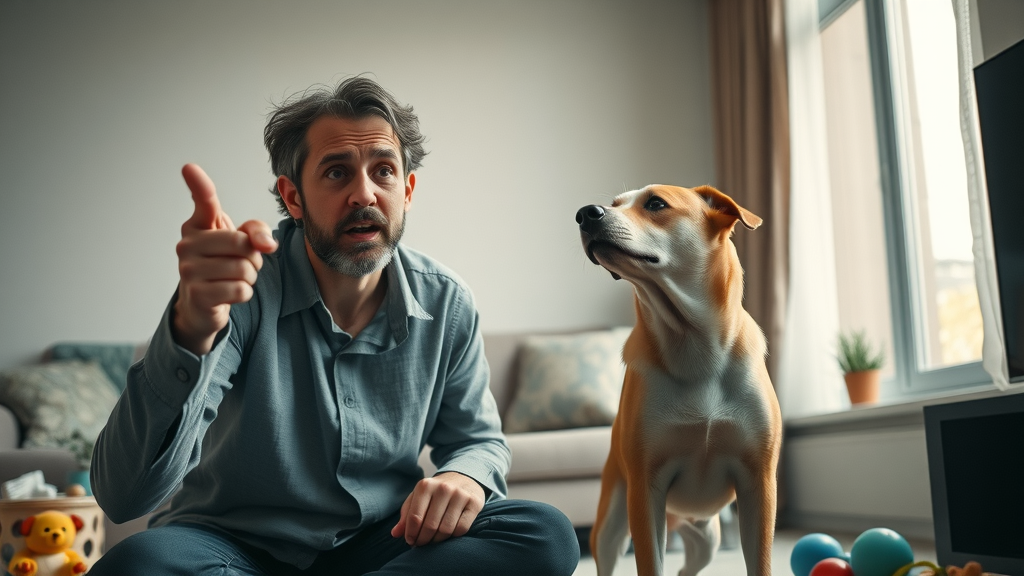
Consistency & Engagement: The Secret to Effective Dog Training Sessions
"Great dog training is more about consistency than intensity." – Renowned Canine Behaviorist
The most powerful factor in life-changing dog training exercises is consistency . Short, regular sessions—done every day, even for five minutes at a time—create reliable habits and strengthen your bond. It’s not how long you train, but how often and how joyfully. Engage your dog with a positive attitude, switch up rewards and activities to keep things interesting, and always end with encouragement. Remember: in dog training, a little bit of effort every day yields greater results than sporadic, intense efforts.
Equally important is engagement: keep your dog motivated, attentive, and challenged. Incorporate games, new environments, and social time to build total confidence. Consistent engagement deepens your connection, making every day together a chance to learn, grow, and celebrate your progress as a team.
Keeping Training Sessions Short, Fun, and Reward-Based
Short sessions prevent boredom for both dog and owner. Break up your training into 5-10 minute periods, focusing on a specific goal rather than overwhelming your dog with new information. Make every training session fun dog time—a celebration of effort, where play with a favorite toy or quick sniff excursions serve as embedded rewards alongside treats.
Reward-based techniques aren’t just about snacks: use verbal praise, playtime, toys, or permission to dog sniff the grass as powerful motivators. Switch up rewards to maintain enthusiasm. Ending the training with a success—no matter how small—leaves your dog eager for the next session, reinforcing progress over perfection. Above all, enjoy the journey; your positive attitude is contagious!
Tracking Progress & Adapting Dog Training Exercises Over Time
Every dog is unique—what works for a young Labrador may bore a senior Shih Tzu. Keep a log of training goals, challenges, and improvements. Note which rewards or exercises spark excitement and which cause frustration. If your dog plateaus or regresses, adapt your dog training exercises: try new activities, increase or decrease distractions, or revisit basics. Celebrate even the smallest wins; progress in dog training is rarely linear but always rewarding.
Review your plan monthly and adjust for age, energy, or household routine. As you and your furry friend grow together, updated training keeps learning fresh and relevant, deepening your partnership as you discover new ways to have fun and communicate.
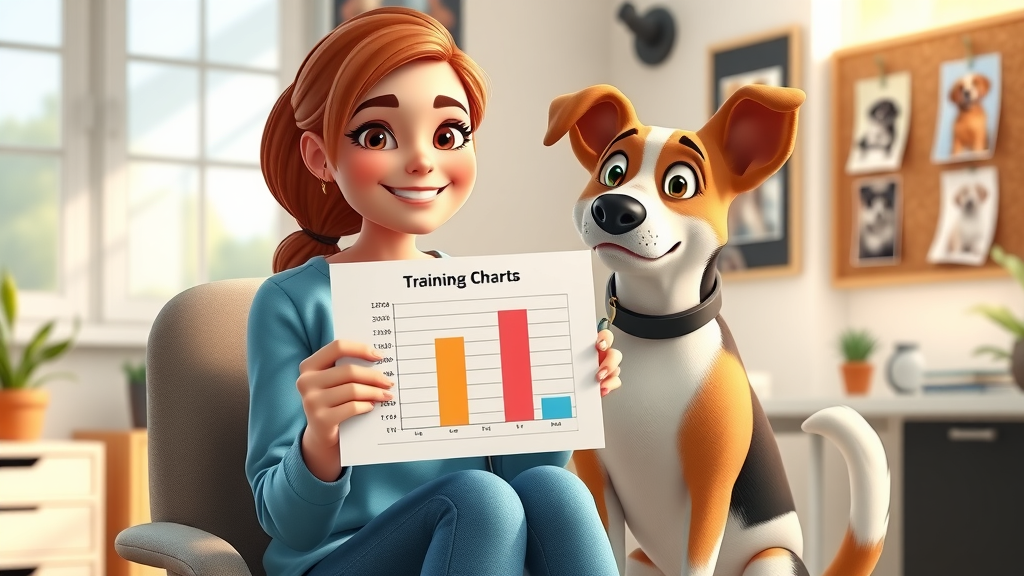
Real-World Examples: Dog Training Exercises in Everyday Life
The true value of dog training exercises shines in everyday situations—during walks, play, and social settings. Solid training means your dog listens even around distractions, making outings enjoyable for everyone. Practice “heel,” polite greetings, and “leave it” during real walks, not just at home. Encourage controlled play with other dogs using reliable recall (call your dog to you from exciting situations). Taking training into the world of dog—parks, busy streets, visits to friends—teaches your furry friend to listen anywhere, anytime.
Integrate training into daily life rather than relying solely on formal sessions. Ask your dog to sit before meals, stay while the door is open, or perform a trick to earn a favorite toy. Everyday practice cements behaviors and prepares your dog to handle life’s exciting (or challenging) moments with confidence.
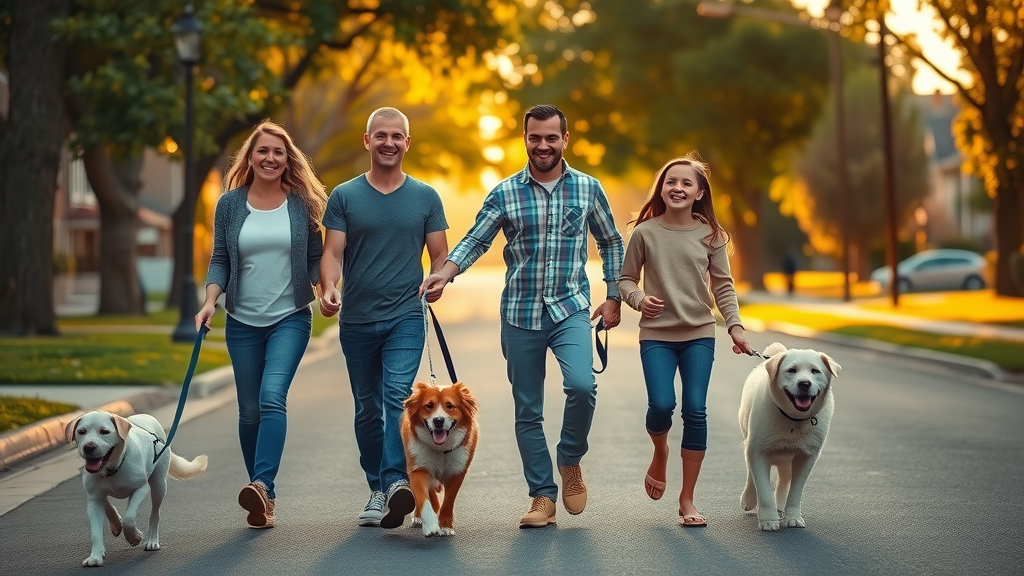
Video: Step-by-Step Breakdown of a Model Dog Training Session (Obedience and Recall)
Check out this video tutorial for a walk-through on teaching solid obedience, recall, and rewarding engagement. You’ll see real dogs mastering commands in typical home and outdoor scenarios—perfect for visual learners!
People Also Ask: What is the 3 3 3 rule for dog training?
Understanding the 3 3 3 Rule and Its Application in Dog Training Exercises
The 3 3 3 rule is a popular guideline, especially for adopted dogs: 3 days to decompress, 3 weeks to settle in, and 3 months to feel truly at home. Applied to dog training exercises, it encourages patience and gradual goal setting. Give your new dog time to adjust before expecting perfect obedience; start with simple routines and gentle structure. During the first three weeks, focus on comfort, trust, and basic training sessions. Over three months, introduce more advanced skills, knowing that true behavioral transformation takes time, repetition, and compassion.
If you’re welcoming a new furry friend, remember: progress may seem slow in the beginning. Trust in the 3 3 3 method, offering consistency and patience so your dog feels safe and eager to learn in their new environment.
People Also Ask: What is the 7 7 7 rule for dogs?
How the 7 7 7 Rule Influences Dog Training Sessions and Progress
The 7 7 7 rule helps assess how well your dog is adapting to new routines or environments—7 days, 7 weeks, 7 months. This approach recognizes that meaningful change doesn’t happen overnight; it’s a process. In dog training, it means evaluating your dog’s progress at each stage. Ask: How are they handling sessions after one week? What new behaviors or challenges appear after seven weeks? Are you noticing deep, stable habits after seven months?
This long-term mindset supports both trainers and dogs—set realistic goals, offer ongoing support, and celebrate milestones along the way. The 7 7 7 rule reminds owners to review and revise their dog training exercises regularly, keeping strategies fresh and effective for lasting behavior transformation.
People Also Ask: What is the 1/2/3 game for dogs?
Mastering the 1/2/3 Game: A Reward-Based Approach to Dog Training Exercises
The 1/2/3 game is a simple and powerful way to boost impulse control and engagement during dog training exercises. It works by teaching your dog to wait for permission before accessing something they want. For example, you might ask your dog to sit, count “one, two, three,” and only let them (or offer a dog treat) on the third count. Over time, this game builds patience, focus, and trust in your cues.
Adapt the 1/2/3 structure to real life: from waiting at the door, to pausing before chasing a tennis ball, or holding back excitement before a sniff walk. It’s a fun dog game that makes self-control rewarding, and can be integrated into daily routines to reinforce your role as a calm, positive leader.
People Also Ask: What are the three C's of dog training?
Applying Consistency, Clarity, and Compassion in Dog Training Exercises
The “three C’s” of dog training— Consistency, Clarity, and Compassion —are the golden rules for success. Consistency means using the same cues and expectations every time, so your dog isn’t confused. Clarity is about communicating your wishes with simple commands, clear hand signals, and immediate feedback. Compassion reminds you to be gentle, positive, and understanding, especially when progress is slow or mistakes are made.
These principles apply to every aspect of dog training exercises. Whether you’re teaching a new trick, correcting a behavior, or simply enjoying a fun session, embrace the three C’s for a happier, more confident canine companion and a more fulfilling training journey together.
Video: Interactive Training Session with a Flirt Pole—Technique, Benefits, and Tips
Watch training experts demonstrate the flirt pole in action! This interactive video covers techniques for beginners, benefits for energy release and obedience, and troubleshooting tips for keeping sessions safe, rewarding, and fun for all dog personalities.
Most Frequently Asked Questions on Dog Training Exercises
How many dog training sessions should I do each week?
Aim for 5-7 short training sessions weekly for best results. Several brief sessions (5-10 minutes each) per day are more effective than one long, exhausting lesson. Puppies, adults, and seniors benefit from regular, manageable bursts of positive reinforcement throughout the week, building strong habits and keeping skills fresh.
What dog training exercises help with anxiety?
Scent work with hidden treats, gentle impulse control games, puzzle feeders, and slow, reward-based sessions help anxious dogs most. These exercises provide mental stimulation and structured predictability, reducing stress and boosting confidence. Always keep sessions positive and celebrate tiny milestones.
Are dog training exercises suitable for puppies and seniors?
Yes! Dog training exercises can (and should) be tailored for every age. Puppies learn fastest with short, playful routines focusing on socialization and basics. Senior dogs benefit from mental stimulation and gentle games—just adapt session length and physical demands to fit their needs. Remember, it’s never too early or late to start.
Key Insights That Transform Your Approach to Dog Training
Regular training sessions build stronger bonds and faster results
Combining mental and physical exercises prevents boredom and anxiety
Adapt your dog training exercises to fit your dog’s learning speed
Best Resources to Continue Your Dog Training Journey
Looking to level up your skills? Dog owners can expand their knowledge with expert-led training classes, online tutorials, canine behavior books, and local dog training clubs. Explore resources that match your learning style—whether that’s in-person puppy training, video-based courses, or downloadable dog training planners—and remember: the right support makes every training session more successful and fun.
Video: How to Tailor Dog Training Exercises for Home, Park, and Group Environments
Dive into this actionable video for practical ways to adapt your dog training exercises to home routines, parks, and social settings. Get expert advice on troubleshooting distractions, making rewards meaningful, and boosting your dog’s real-world listening skills.
Ready for Happier, More Engaged Training Sessions?
Keep your pup happy, healthy, and engaged—discover fun, easy activities for dogs that boost bonding, burn energy, and beat boredom every day!
Action Steps: Start today by picking one new dog training exercise to introduce this week. Keep sessions short, celebrate every success, and enjoy the process of learning and growing together with your best friend.
Incorporating structured dog training exercises into your routine can significantly enhance your dog’s behavior and overall well-being. For instance, the American Kennel Club’s article, Easy Exercises for Canine Conditioning , offers a variety of conditioning exercises that improve your dog’s physical health and obedience. Additionally, the MSPCA-Angell provides creative indoor activities in their piece, Boredom Busters: 10 Indoor Exercises to Train and Tire Your Dog , which are perfect for keeping your dog engaged and mentally stimulated, especially during inclement weather. By integrating these exercises into your daily routine, you can foster a stronger bond with your canine companion and promote a happier, more obedient pet.
 Add Row
Add Row  Add
Add 


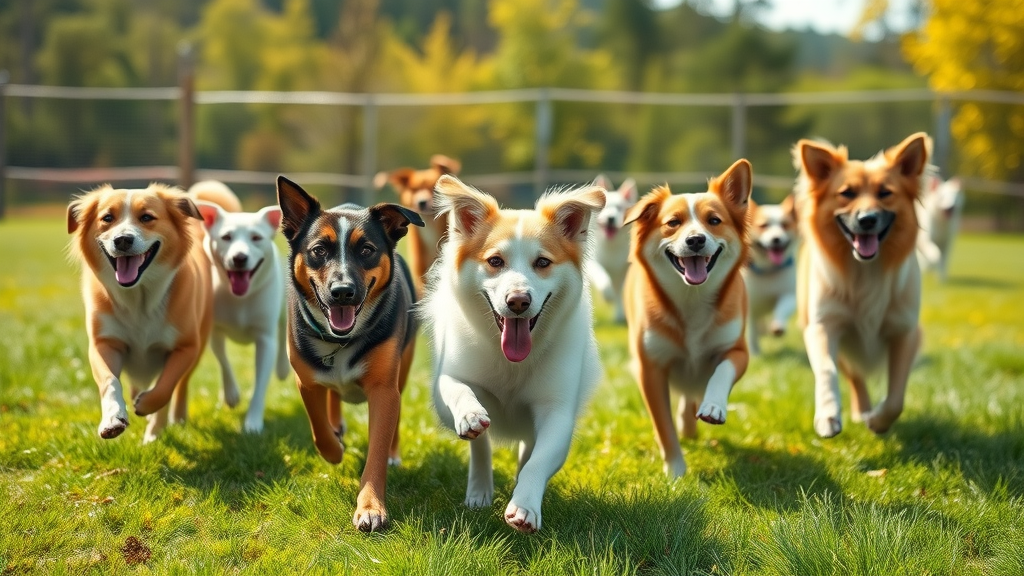
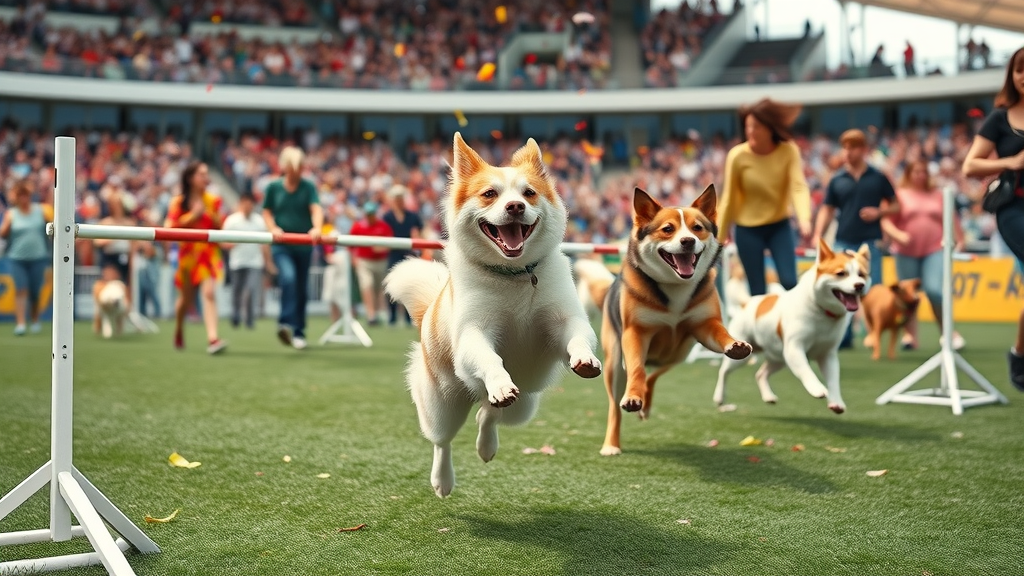
Write A Comment